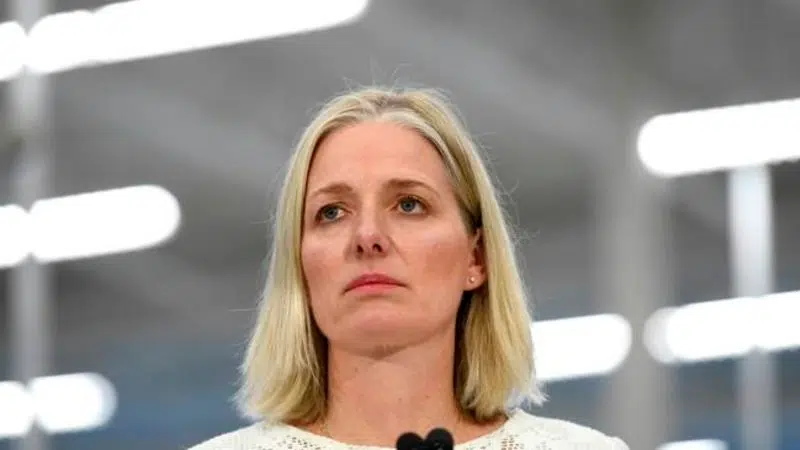
Protecting nature also fights climate change, says federal environment minister
Carbon taxes aren’t the only way to fight climate change, says federal Environment Minister Catherine McKenna.
Speaking ahead of an international conservation conference, McKenna said protecting natural areas can go a long way toward slowing the progress and mitigating the impact of global warming.
“Nature isn’t linked to climate as much as it should be,” she said Tuesday, the day before the opening of the Nature Champions Summit in Montreal, which will bring together governments, businesses, Indigenous communities and non-governmental organizations.


